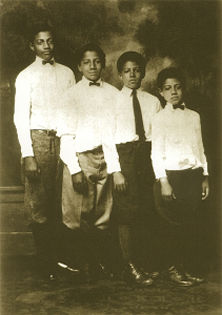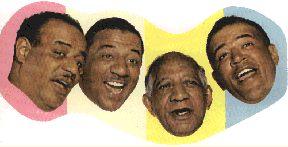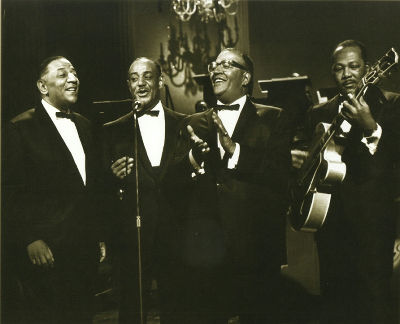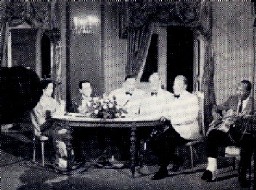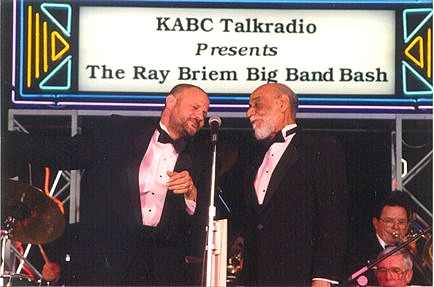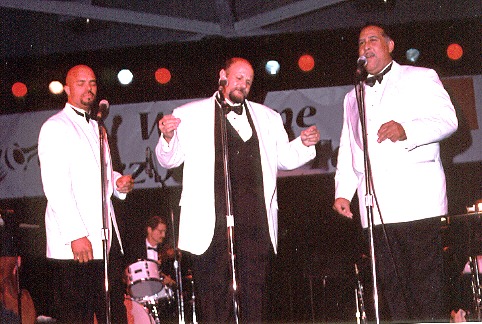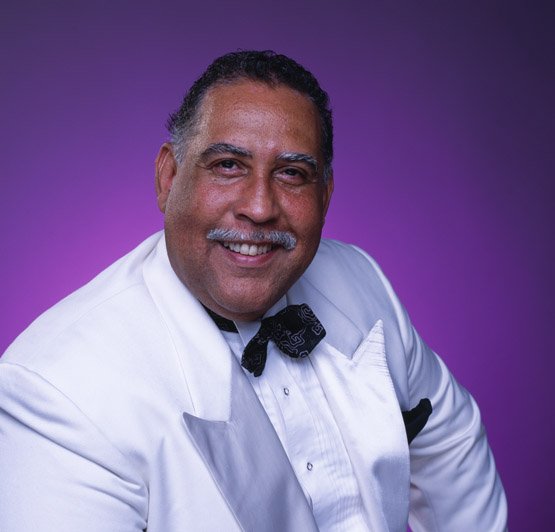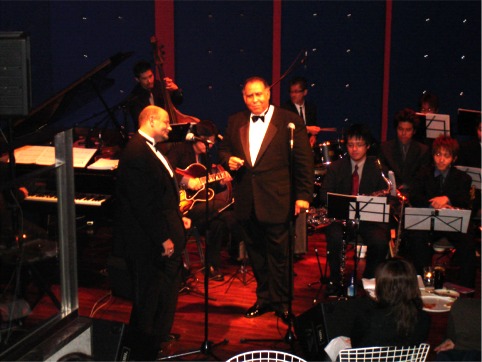| (2) Barbershop Chorus and
the Mills Brothers Japanese version |
|
|
|
The pioneer of male Jazz chorus is the Mills Brothers. From their hometown of Piqua, Ohio, they went to New York City, and made their record debut in 1931. This year, "Tiger Rag" and "Dinah" became a big hit and was a great sensation. The father of the four brothers, John Mills Sr. was a barber in real life, but also sang as a member of The Four Kings of Harmony, so this group literally was a barbershop chorus. The history of traditional barbershop chorus is old, and goes back into the 1870s. It started as quartets by the African Americans of the South. When in 1910, a song titled “Play that Barbershop Chord” was published, the word "Barbershop" came into use for the first time. Of course, as in Japan where the ancient name was ukiyo-toko, meaning life's alcove (barber shop in present day Japanese is toko-ya, toko meaning alcove), barbershops all over the world are places where people gather so the name of this type of chorus actually comes from barbershops. There were times when every barbershop in the US boasted a quartet. |
